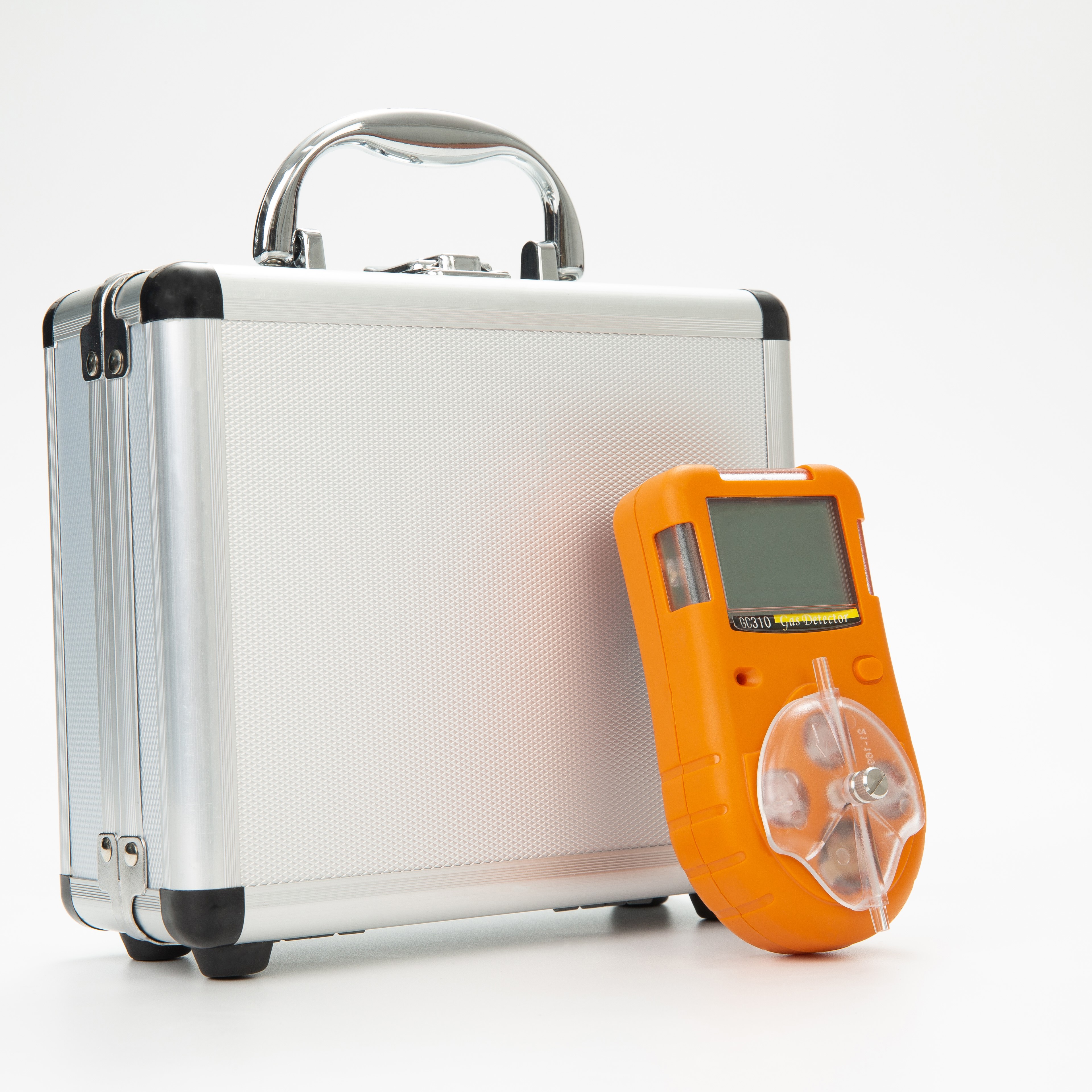The dangers of limited space rescue The use of portable gas detectors
Fainting is easy to happen when cleaning cesspool, the main reasons are as follows.
1. There are toxic gases such as hydrogen sulfide and methane in the cesspool, which can cause respiratory difficulties, dizziness and other symptoms.
2. Pathogenic bacteria in the cesspool and microorganisms in the feces and urine may also cause poisoning reactions.
3. The oxygen level in the cesspool is very low, so if you are not wearing a respirator, you are prone to hypoxia.
4. The working environment is extremely harsh, with high temperatures and confined spaces that can cause heat stroke and poor reactions.
5. Direct contact with feces can lead to skin and mucous membrane poisoning if not properly protected.
6. ammonia, dimethylamine and other organic substances in the polluted air are also very irritating.
7. Emotional stress and fear may also lead to fainting.
8. The operator may be in a state of discomfort for a prolonged period of time, resulting in physical discomfort.
9. Improper use of protective equipment, such as air respirators, may also lead to accidents.
Therefore, it is important to take all safety precautions before working in a septic tank to avoid accidents.

When rescuing a person who has fainted in a septic tank, the rescuer is also prone to accidents and loss of life for the following main reasons.
1. The concentration of toxic gases in the septic tank is very high, if the rescuer is not equipped with respiratory protection, he/she will easily inhale the high concentration of toxic gases and get poisoned.
2. the oxygen in the cesspool is extremely thin, if the rescuers do not carry oxygen when they enter the cesspool, oxygen deprivation will also occur very quickly.
3. If the rescuers do not know the internal structure of the cesspool, they may trip over various pipes or facilities and fall down.
4. If the safety rope is not properly tied, the rescuers may lose their sense of direction and cannot exit smoothly.
5. Due to poor visibility, rescue can be very difficult if there is no adequate lighting at the time of entry.
6. may underestimate the toxicity of the cesspool and fail to take adequate protective measures.
7. Rescuers may also be infected by pathogenic bacteria in the feces due to physical contact.
8. Victims' injuries may be aggravated by improper handling.
9. Rescue in cesspools is complicated by the complexity of the structure and the need to consider all contingencies.
Therefore, cesspool rescue needs to fully assess the various risks in advance and be prepared to deal with them, otherwise the consequences may be very serious.
Rescue in the limited space need to pay attention to the following safety matters.
1. Gas detection must be carried out to confirm that the oxygen and toxic gases are in the safe range.
2. At least 2 rescuers are required to enter and 1 person is required to supervise outside.
3. Wear breathing masks or respirators to ensure fresh air supply.
4. set up the rescue system, including the safety rope, catching device, rope, etc.
5. Use explosion-proof flashlights and communication equipment. Avoid sparks.
6.choose favorable entry points where possible, avoiding narrow, curved areas.
7. Minimize the number of tools to be carried and must travel light.
8.use means such as drone or camera observation to know the location of the victim.
9. Adopt fixed split-leg operation mode to ensure the stability of rescuers.
10. plan the way in and out in advance, record the rescue process and trail.
11. Conduct adequate risk assessment, listing a variety of emergency programs.
Only do enough homework, can try to avoid secondary casualties.

